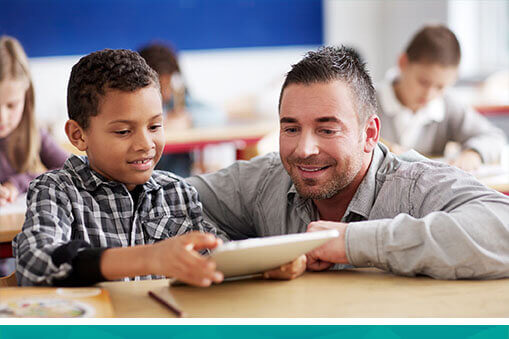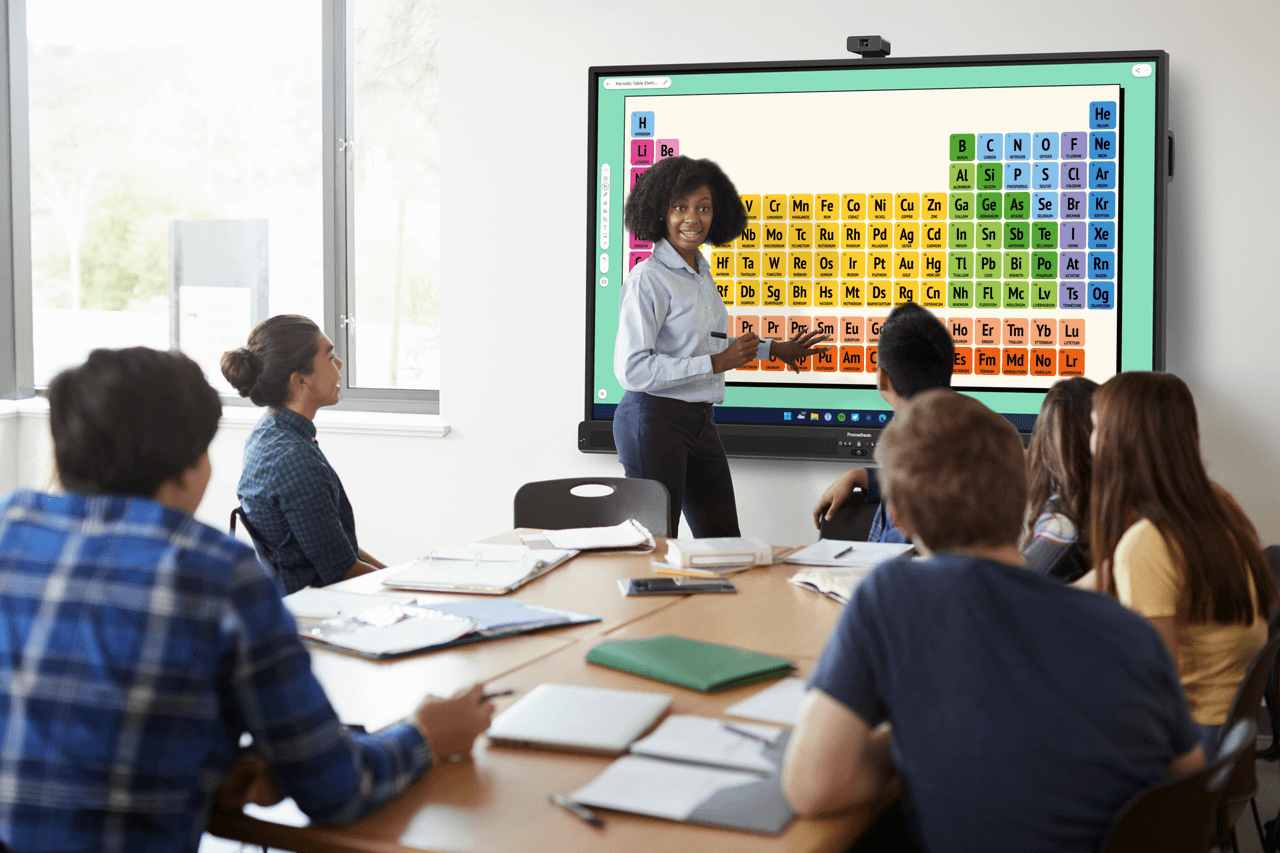Published on April 21st, 2021
The future of personalized learning
9 minute read

The next chapter in personalized learning
Personalization has been a buzz word in the education community for some time—and for a good reason: Studies have shown that tailoring students’ learning experiences to their individual needs can drive significant improvements in academic achievement. As student-centered pedagogies continue to gain traction and education technology grows increasingly sophisticated, personalized learning is quickly becoming a cornerstone of the future of education.
Let’s take a look at where personalized learning is headed and the areas of opportunity educators can start thinking about now.
Learn from anywhere
By now we’ve collectively come to the realization that for some students, remote learning is here to stay. This promises to be a good thing; remote learning may be better suited to the needs of students requiring more flexibility. A recent survey of over 300 U.S. school districts revealed that one in five plan to continue offering virtual education after the pandemic. It’s clear that the next chapter in education will be one in which students and families will be able to choose which learning modality works best for their individual needs.
As learning becomes increasingly personalized, we expect to see a proliferation of technology designed to support flexible learning beyond the classroom. And remote learners aren’t the only students who will benefit. In the future, we’ll see technology-powered learning integrate into life outside of school for all students, making it possible for meaningful learning experiences to happen anywhere.
Real-time data & feedback
When it comes to personalized learning, timing is everything. For teachers, access to real-time insight into student comprehension enables them to better respond and adapt to the needs of individual students. For students, receiving feedback that addresses their personal needs in the moment of learning is critical.
It all needs to happen at the right time and, more often than not, the right time is in real-time. With access to technology, teachers will no longer need to wait for the next test or quiz to gain measurable insight into a student’s grasp of subject matter. Digital learning platforms and lesson delivery software allow teachers to track student progress and performance as it’s happening. Polling features like those offered through Promethean ClassFlow allow teachers to pose questions to assess comprehension in the moment of learning. Instant access to formative assessment reports will enable teachers to identify strengths and weaknesses at both the class and individual level.
Equipped with these insights, teachers will have the option to segment students into groups based on subject competency and differentiate instruction to meet their needs. As real-time reporting becomes increasingly sophisticated, teachers will be able to view student performance in the integrated context of Common Core and state standards. Personalized instruction from teachers will be further augmented by scalable teaching technology that provides students with instant feedback. For example, if a student is learning via an online program and they answer a question incorrectly, the program may provide an engaging video explanation with instruction specific to the student’s error to help them get back on track. Some assignments may be graded automatically so that students can benefit from instant feedback and teachers have more time to assess learning gaps and individualize instruction.
And textbooks will continue to evolve to be not only digital, but interactive and personalized. These digital textbooks may have a virtual personal tutor that can offer students real-time guidance and answer questions as they learn. Technology will further support personalized learning by intelligently adapting to an individual student’s learning style. An online lesson might switch an explanation to better accommodate a visual learner, for example.
All of these advancements will serve to further enrich the moment of learning, empowering teachers and students alike.
The parent portal
Technology-powered personalization will also present new opportunities for parental or guardian involvement. We know that parental support can be a determining factor in a student’s chances for academic success. But involving parents in a student’s academic career can be challenging and time-consuming.
With real-time data at their fingertips, teachers will be better equipped to recruit the support of parents to further tailor education to individual student needs. And parents will no longer need to wait for the next report card or parent-teacher conference to understand how their child is progressing. Parents will have a window into the classroom, with the option to see assignments and completion status, grades, and teacher feedback. There will also be more opportunities for parents to offer teachers insight into what’s going on outside of school that may be impacting student academic performance.
Emerging technology will support a new level of parent-teacher communication, allowing more effective collaborations to take root.
Flexible learning environments
A flexible classroom is fundamental to a teacher’s ability to personalize learning experiences; learning spaces must be adaptable to a variety of learning activities ranging from teacher-directed instruction to small group work to individual study. Future classroom spaces will allow for multiple uses and be designed for convertibility and adaptable physical design, allowing the space to adjust to the projects and needs of individual students. This mutability will give students more ownership over their learning environments and will foster student choice. Flexible schools will also provide space outside of the classroom in the form of open atriums, makerspaces, and outdoor settings. Soft seating, adjustable standing desks, among other forms of flexible furniture will continue to be a fixture in the student-centered classroom.
Flexible learning environments will be increasingly characterized by the variety of tech devices offered from front-of-classroom interactive panels to ipads and computers—and eventually virtual or augmented reality devices and wearable technologies—allowing students to work with the edtech that is best suited to their individual needs. Multiple cameras may be stationed around the classroom for students learning remotely.
And students aren’t the only ones who benefit from customizable classrooms—teachers benefit as well: the more flexibility there is in the classroom, the easier it is for educators to align pedagogies and physical environments.
The tools needed to succeed
This next chapter of personalized learning will be a defining part of the new era of education. While personalization can happen without the support of technology to a certain extent, adequate access to technology unlocks a level of differentiated instruction that is otherwise inaccessible. It will be essential that schools are granted the resources required to prioritize a personalized approach to help every student succeed.




